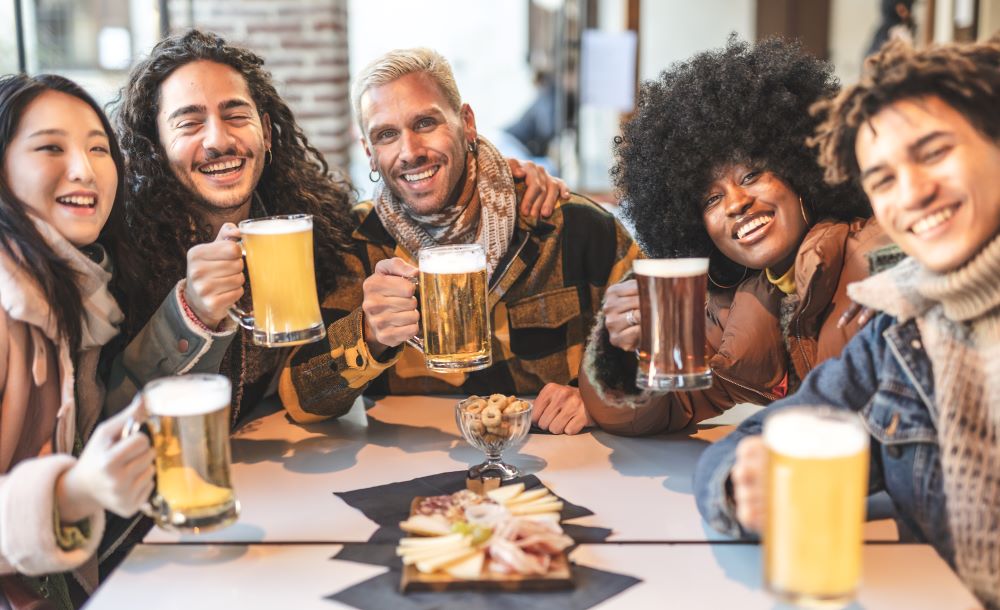
In the ever-evolving landscape of consumer behavior, the distinctions between commodities, products, services, and experiences play a pivotal role in shaping market dynamics. Understanding these categories is essential for organizations aiming to engage with today’s discerning consumers. Now more than ever, consumers prioritize experiences over mere products or services.
1. Commodity, Product, Service, Experience: Unpacking the Differences
Commodity: Commodities are undifferentiated goods, often interchangeable with one another. They compete primarily on price and basic features.
Product: Products offer a distinct set of features and benefits, differentiating them from commodities. Consumers often make choices based on attributes and functionalities.
Service: Services go beyond tangible goods, providing intangible benefits through professional assistance, expertise, or support.
Experience: Experiences, on the other hand, encompass the emotional and memorable impact of engaging with a product or service. They focus on creating lasting impressions.
2. The Shift to Experiential Consumption
Modern consumers seek more than just functional utility; they crave meaningful connections and memorable interactions. The rise of experiential consumption reflects this shift, emphasizing how a product or service makes consumers feel.
Example: Consider a coffee shop like Starbucks not merely selling a beverage (product) but curating a cozy ambiance, offering personalized service, and hosting community events. The entire coffee shop visit becomes an experience that extends beyond the cup of coffee, and studies show that customers are willing to pay more for that cup of coffee at Starbucks than the same cup at a corner deli simply because of the experience that accompanies it.
3. The Relevance for Nonprofits: Embracing Experiences
Why We Need to Prioritize Experiences: As nonprofits, we are compelled to recognize the shift in consumer behavior. Today’s donors and supporters are drawn to organizations that provide meaningful, immersive experiences rather than transactional products or services.
Examples for Different Nonprofit Sectors:
Synagogues: Instead of just offering religious services and adult education classes, we can build community and invest in our facilities so that walking onto our campus is like returnign home for a warm hug.
Healthcare: We can move beyond traditional healthcare services by introducing wellness programs, community outreach events, and personalized engagement, creating a health-focused experience rather than a mere service.
Environmental Conservation: Instead of just requesting donations, we can offer supporters the experience of actively participating in conservation projects, organizing tree-planting events, or wildlife preservation initiatives.
4. Building Relationships Through Experiences
By embracing the experience model, we foster deeper connections with donors and users. This approach transcends the transactional nature of traditional models, turning supporters into advocates who are emotionally invested in the nonprofit’s mission.
In essence, the shift from products or services to experiences marks a new era in nonprofit engagement. By curating meaningful, immersive experiences, we not only attract but also retain a community of passionate supporters who share in the journey toward positive change.
Comments are closed